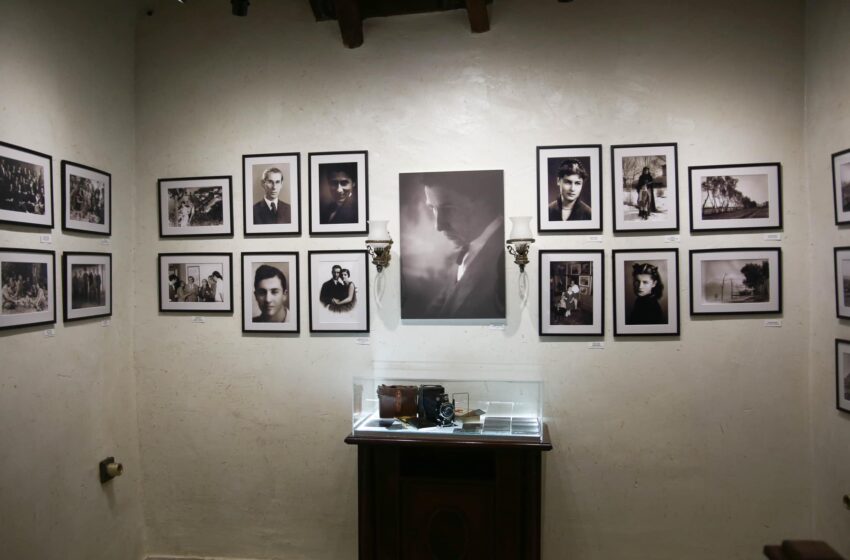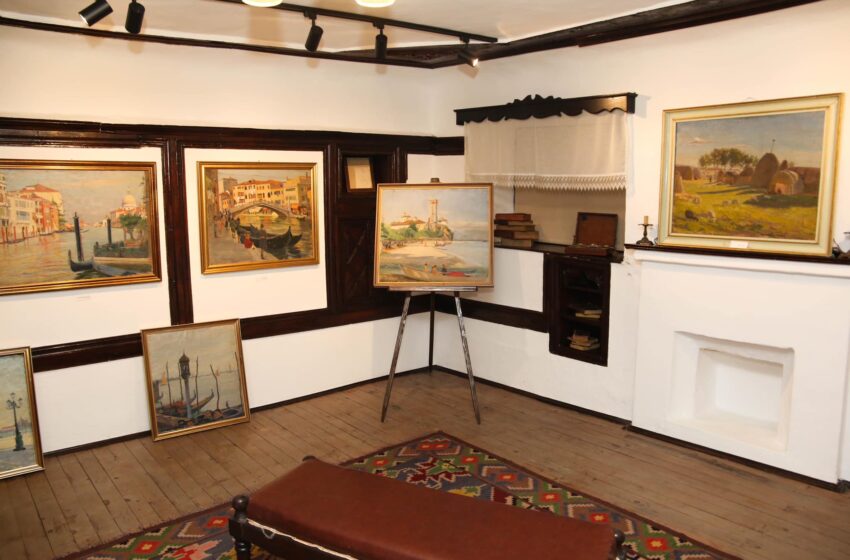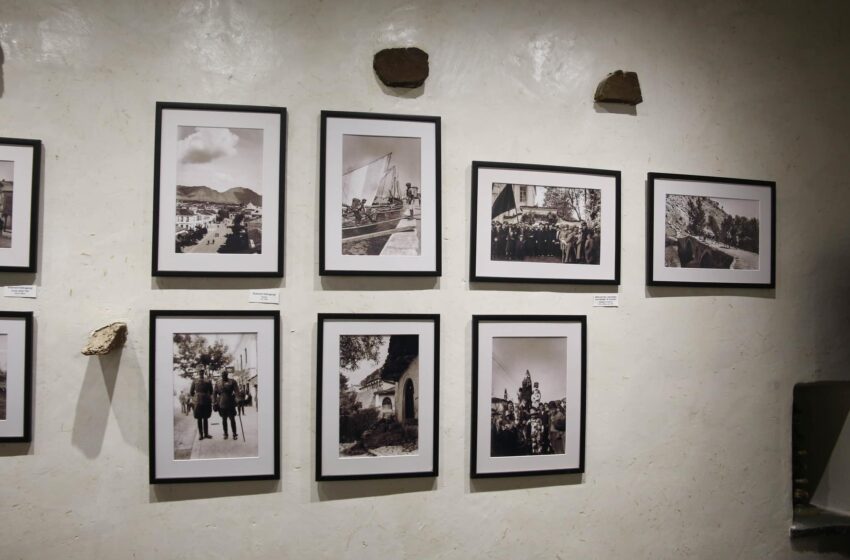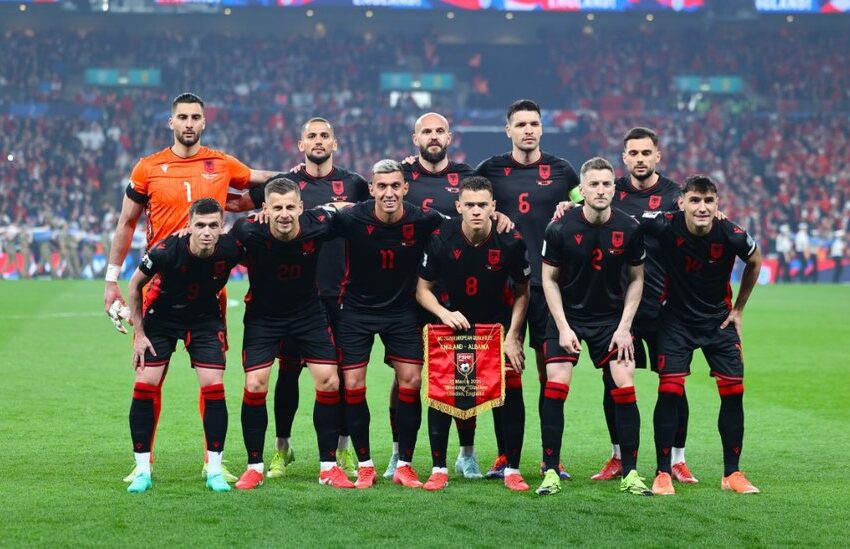“Days of Mio” brings together 25 painters from around the world in Korça
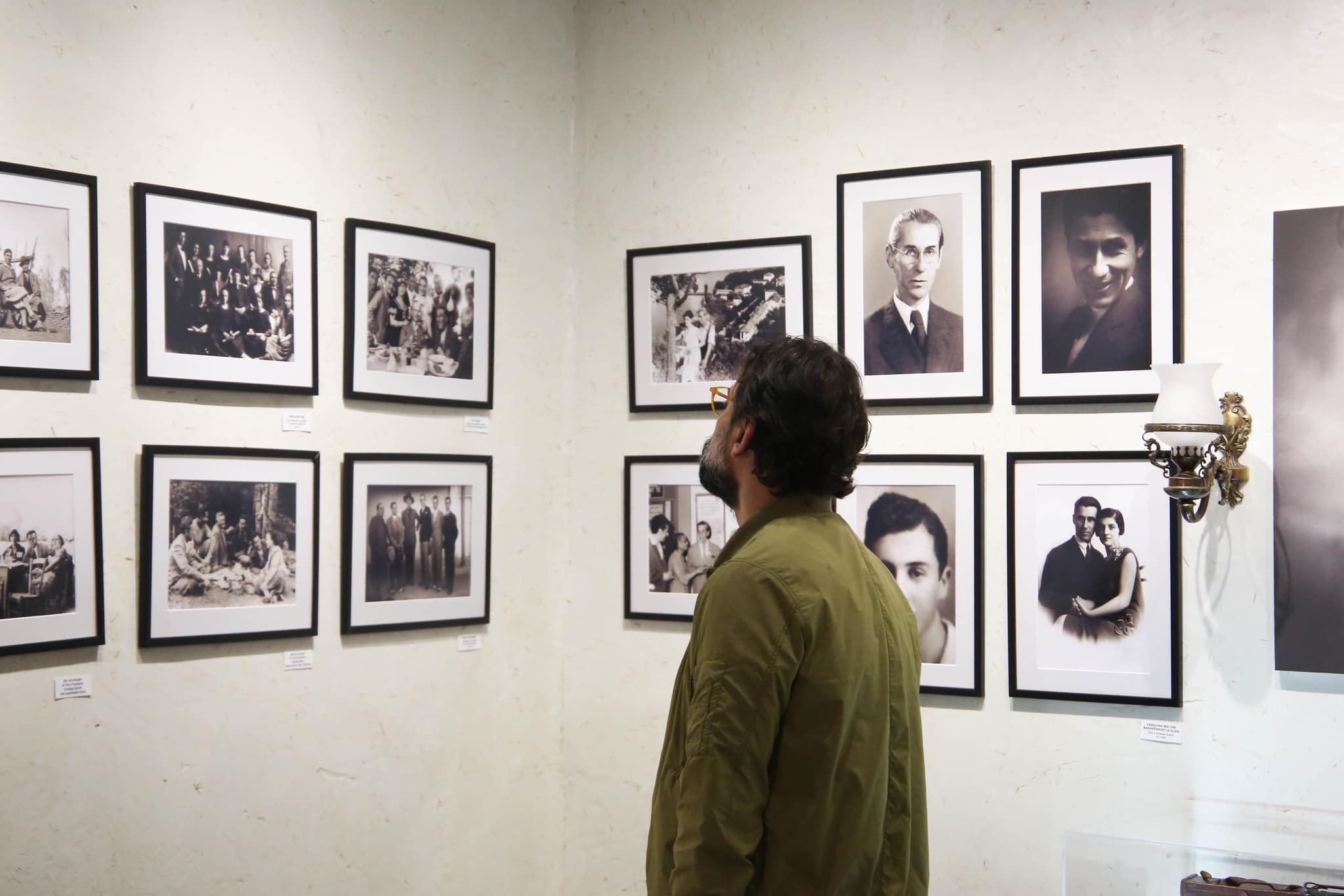
On October 24, a significant event in the visual arts kicks off in Korça: the annual gathering of painters known as the International Colony “Days of Mio”. Each year, with the arrival of autumn, artists bring their creative spirits to this vibrant city. This year marks the 14th edition of the event, running until October 27.
This edition features 25 painters from countries including Poland, Ukraine, Romania, North Macedonia, Greece, Iceland, South Korea, China, Montenegro, Turkey, Kosovo, Serbia, Bulgaria, and Albania.
The International Colony of Painters “Days of Mio” is one of the most prominent activities that not only celebrates the tradition of visual arts but also fosters collaboration and communication among artists from around the globe. It has become a cherished tradition for invited painters to connect with their local counterparts and explore the tourist attractions and cultural heritage of Korçë.
The “Days of Mio” gathering is a tribute to Vangjush Mio, celebrating his legacy and influence on contemporary artists. Through this annual event, artists come together to honor his contributions and draw inspiration from his work. Vangjush Mio’s dedication and creativity have inspired countless artists, and he remains a cherished figure in Albania’s artistic history. His legacy continues to influence new generations, ensuring that the richness of Albanian art is celebrated both locally and internationally.
Born in 1906 in the town of Korçë, Mio’s artistic journey began at a young age, influenced by the rich cultural heritage of his homeland. He studied in Italy, where he was exposed to various artistic movements, ultimately blending these influences with traditional Albanian themes. His works often reflect the beauty of the Albanian landscape, the richness of its culture, and the depth of its people’s emotions.
Mio’s importance in Albanian painting lies not only in his technical skills but also in his ability to capture the essence of Albanian identity. He played a pivotal role in the development of modern Albanian art, promoting the use of vibrant colors and innovative techniques. His paintings, which often depict rural life, folklore, and historical scenes, serve as a visual testament to Albania’s cultural heritage.
